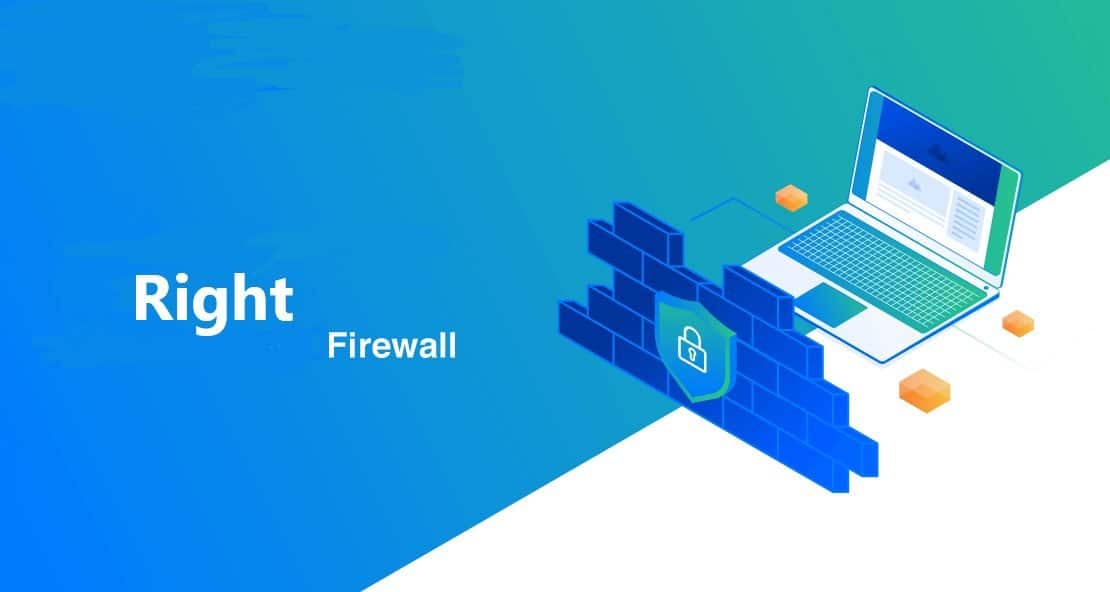Nowadays, firewalls may sound like something from the bygone days of the Window XP era. Most people don’t realize that firewalls haven’t gone away. You can still find them incorporated into Windows or some applications. But all home networks can still benefit from a personal firewall.
The process of choosing a good firewall can be challenging. There are many options available. The instructions on how to use them can be a little confusing and technical for the average user. Check out the guide below to pick the perfect firewall to protect your home network.
1. Organize Your Priorities
Before you do anything, you need to understand what firewall features are most important to you. Are you looking for cybersecurity protection for your family? Or do you need total privacy protection for your whole house? These priorities are going to point you in different directions.
Along with this, you need to decide what devices you want your firewall to protect. Firewalls that protect computers are different than the kinds used to safeguard entire networks. No single firewall can do everything. Instead, use this checklist to organize your priorities.
Firewall can offer these services:
- Website blocking based on name or content
- Blocking social networks, video streaming, and illicit websites
- Cybersecurity for your family
- Restrictions on internet based on time of day or frequent use
- Monitoring and restricting total hours of internet use
- Protection of Smart TVs and other IoT devices
- Blocking neighbours from using your internet connection
- Creating alerts when someone accesses your network
- Protection against people hacker your web-connected cameras
Can You Run Multiple Firewalls?
The average firewall for home networks costs $100 or less. You might be wondering why you can’t run a couple of firewalls so you can cover everything. From the tech side, it is possible to do so. But operating different firewalls causes conflicts and errors. These don’t happen when you run firewalls separately.
Thus, you are better off choosing areas for your firewall to focus on. You can use different security tools to cover your other needs.
For example, when it comes to securing your browsing and downloads/uploads, the number one defence is a VPN. Choosing the right VPN to download can ensure your safety against online threats better than most firewalls can. VPNs create encryption tunnels between your devices and the websites they connect to. Best of all, you can install them on both the device and router-level to protect all your devices.
2. Hardware vs Software Firewalls
Firewalls fall into two distinct categories: hardware and software.
Hardware firewalls are physical devices you plug into your network. They protect all the devices on your network and limit the types of data they can receive and transmit.
It makes them useful on devices like security cameras, gaming consoles, and SmartTVs. They are especially handy when you can’t install software on a device.
Software firewalls, meanwhile, you need to install on your PC or mobile device. They offer much greater flexibility. You can determine what to block on each device individually. Software firewalls are also better at blocking website content.
But since you install these firewalls on the device-level, they can’t block other devices from accessing your network. It makes them pretty useless for IoT and other devices that hardware firewalls work well on.
How to Choose Between a Software and Hardware Firewall
Having trouble deciding whether a software or hardware firewall is the right choice for you? Then ask yourself the following questions:
- Do I need to block specific web content? Choose a software firewall.
- Do I need different levels of security per device? Choose a software firewall.
- Do I need to prevent outside users? Choose a hardware firewall.
- Do I need to protect my IoT devices? Choose a hardware firewall and/or VPN.
3. How to Select a Hardware Firewall
Don’t worry; you only have to make a few more decisions. If you’re lucky, you may already have what you need.
Many routers now have built-in firewalls. Most routers purchased in the last few years have the feature already and enable it by default. For many average users, this should be enough.
Advanced users will need a dedicated hardware firewall between your router and modem. It will create more flexibility and customizability to better fit your network needs.
4. How to Select a Software Firewall
Shopping for software firewalls can be overwhelming because there are so many choices. But most firewalls from reputable developers should cover your needs.
Do make sure it’s compatible with all the devices you want to protect. Check to make sure it supports PC, Mac, Android, Chrome, Kindle, and anything else you might connect to the internet.
Avoid purchasing multiple products. Not only is it more expensive, but you’ll also have to learn how to use and maintain these different firewalls.




